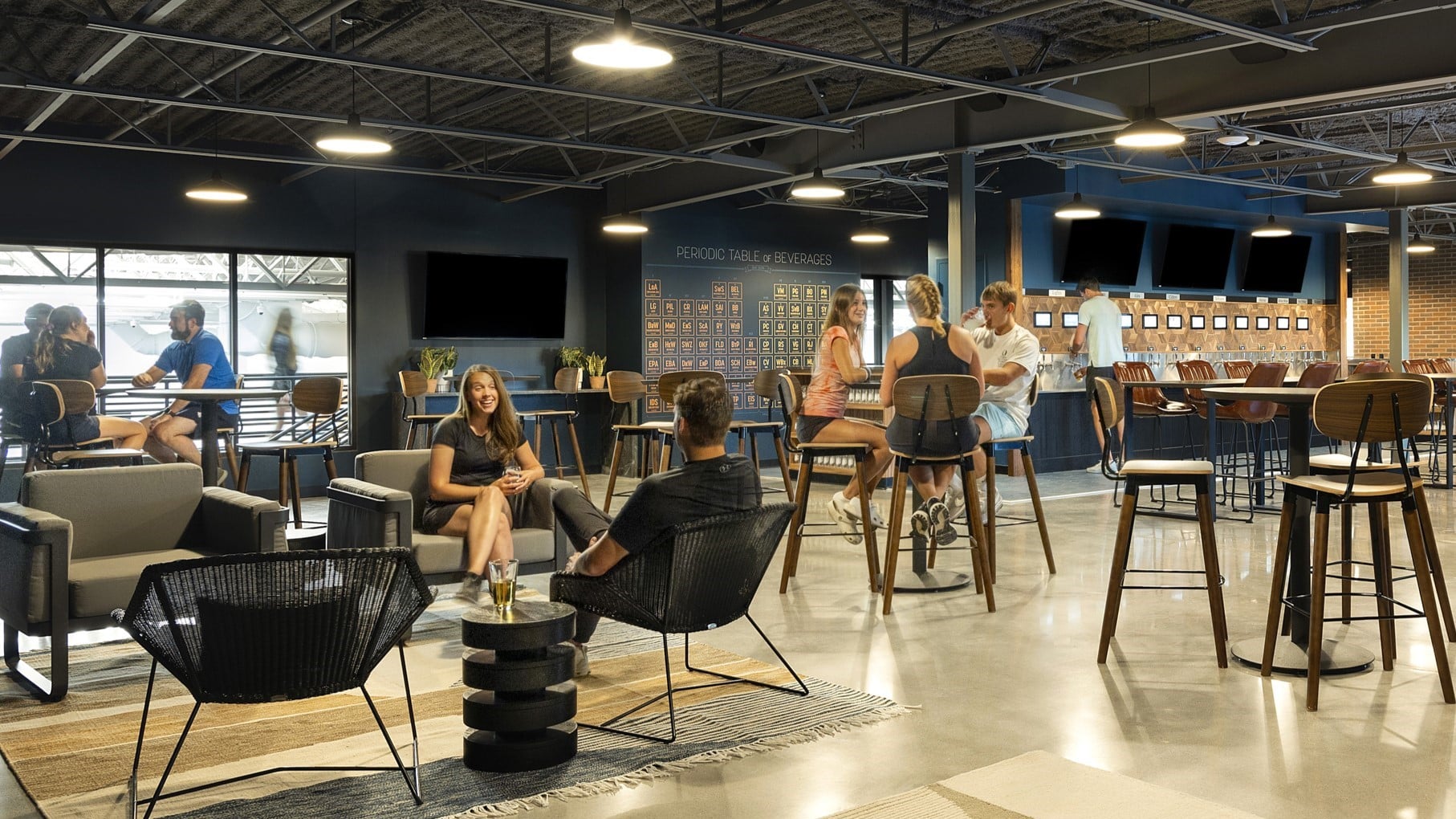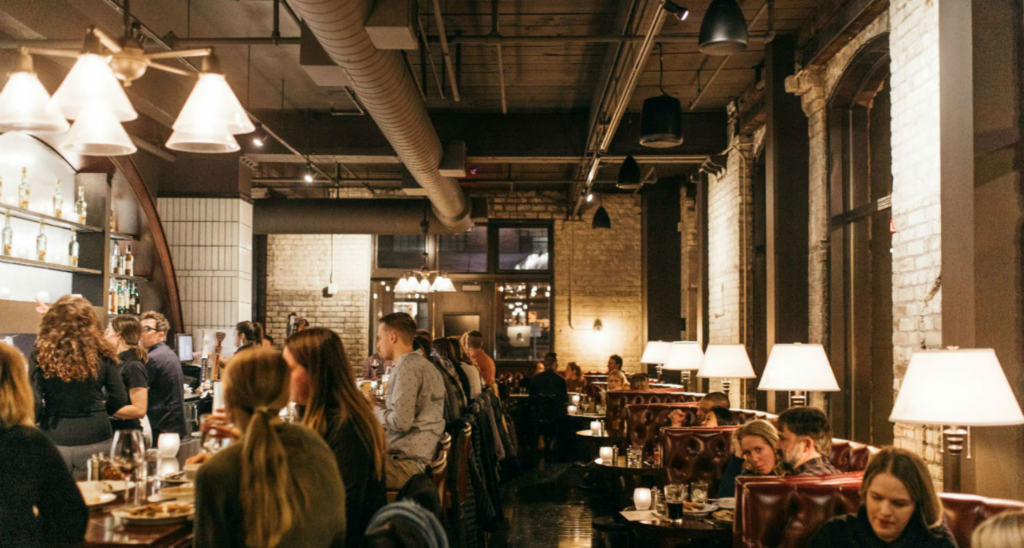We pride ourselves on staying on top of what’s happening in design and industry news so that you don’t have to – and we pull what’s smartest and most forward-thinking together to save you the time of sifting through it all. It helps us keep tabs on what’s fresh, inspiring, and happening in the world – and we make a few headlines of our own, too.
Our latest Shea Ink is out, showcasing our latest designs, new experiences and incredible transformations. Check it out our work with Gai Noi, Lunds & Byerlys, Centro Highland, Pints & Paddle, Socca Café, UMN’s Pi Beta Phi sorority house and St. Croix National Golf’s clubhouse.
The Menu Trends That Define Dining Right Now – New York Times
This interactive piece from the New York Times guides you through 121 menus collected from restaurants across the country. Not only are the varied menu designs fun to look at, but the collection shares a peek into restaurant food, aesthetic, storytelling and service fee trends happening throughout the U.S.
8 Top Design Trends from ASID’s 2024 Outlook – Interior Design Magazine
The American Society of Interior Designers shared their outlook for 2024, and the common theme for the year centers around human connection. Interior Design Magazine summarizes findings from ASID’s report and how design is embracing the connection theme.
AHLA Report Shows Positive Outlook For Hotel Industry in 2024 – Hospitality Design Magazine
The American Hotel & Lodging Association has also shared their outlook for the year, and signs are looking positive for the hotel industry. AHLA found that the majority of surveyed U.S. adults are planning to maintain or increase their number of hotel stays in 2024 compared to the previous year, and hotels remain the most popular choice for lodging. Hospitality Design has the data along with other key findings.
Where Are Office-to-Apartment Conversions Happening—and Why? – Multi-housing News
A record-breaking 55,339 office building to apartment conversions are scheduled to take place this year; a number that has more than quadrupled since 2021. Multi-housing News breaks down the factors that lead to this major increase in conversions and which major metros are leading the way.
U.S. Restaurant Industry Expected to Pass $1 Trillion for the First Time – Restaurant Hospitality
The National Restaurant Association’s annual State of the Industry report is out and forecasting record high sales numbers for 2024 – $1.1 trillion worth – and record high employment rates. Restaurant Hospitality has more from the report, as well as a look at the resulting shift in operating models across the industry.
Recent Shea news:
Jester Concepts is bringing a new concept, Starling, to Edina
Callaway Resort & Gardens is refreshing their dining experiences
Spoon & Stable is celebrating 10-years with a refresh
Student-focused apartment proposed for Mankato’s University Square


